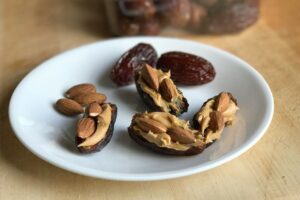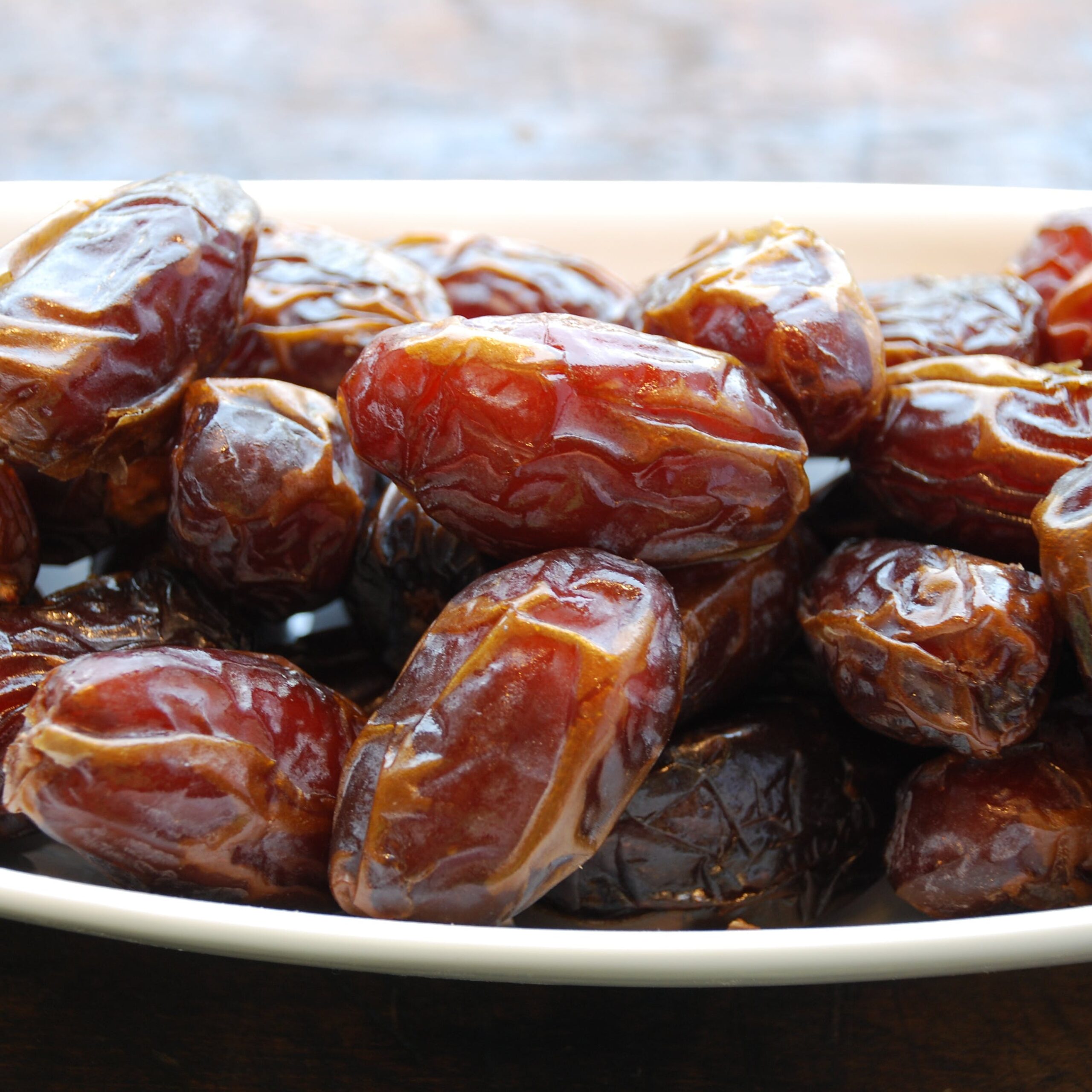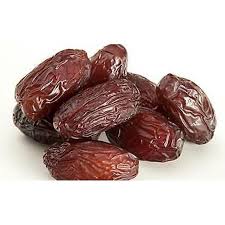Medjool dates, known for their luscious texture and rich flavors, are a beloved delicacy enjoyed by many. In this blog post, we will explore the fascinating journey of Medjool dates, from their cultivation to harvesting. Join us as we uncover the secrets behind these delectable treats.
The Medjool Date: A Brief Overview
Medjool dates, often referred to as the “King of Dates,” are a variety prized for their large size, softness, and naturally sweet taste. They have a caramel-like flavor profile, making them a popular ingredient in desserts, snacks, and even savory dishes.
Growing Medjool Dates: The Date Palm
The Date Palm Tree
– Origin and Adaptation: The date palm tree (Phoenix dactylifera) is native to the Middle East, where it has been cultivated for thousands of years. It thrives in arid and semi-arid regions, with optimal growth in hot climates.
– Growth and Lifespan: Date palms can grow up to 75 feet tall, with long, feathery leaves. They have a lifespan of around 80 to 90 years, and it takes several years for a date palm to reach maturity and bear fruit.
Cultivation Process
1. Propagation: Date palms are propagated through offshoots, known as “pups,” which are small plantlets that grow near the base of the parent tree. These pups are carefully separated and transplanted to establish new date palm groves.
2. Ideal Growing Conditions: Medjool dates thrive in regions with long, hot summers and mild winters. They require well-drained soil and prefer areas with access to ample sunlight.
3. Irrigation: Date palms require regular watering, especially during the early stages of growth. Traditional flood irrigation or modern drip irrigation systems are commonly used to provide the necessary moisture for optimal development.
4. Pollination: Date palms have separate male and female trees. To ensure fruit production, male trees are planted near female trees. In some cases, artificial pollination techniques, such as hand pollination, may be employed to increase yields.
5. Fruit Development: After successful pollination, the date fruits begin to form. Initially, they are small and green, gradually growing in size and changing color as they ripen.
Harvesting Medjool Dates
Ripeness Indicators
Determining the optimal time for harvesting Medjool dates is crucial to preserve their quality and flavors. Several indicators are considered:
– Softness: Medjool dates should be soft to the touch but not mushy. A gentle squeeze should result in a slight give, indicating ripeness.
– Color Change: As Medjool dates ripen, they transition from a bright yellow or red color to a rich, dark brown.
– Sugar Content: A higher sugar content is an indicator of ripe dates. Brix refractometers are sometimes used to measure the sugar levels in the fruit.
Harvesting Techniques
1. Clipping: Harvesters use long poles with shearing tools to clip the ripe date bunches from the upper fronds of the palm tree. Care is taken to prevent damage to the fruit.
2. Bunch Removal: Once the dates are clipped, the entire bunch is carefully lowered to the ground using ropes or ladders.
3. Sorting and Grading: Harvested Medjool dates undergo sorting and grading processes to ensure only the finest quality dates reach the market. They are inspected for size, texture, and overall appearance.
Delightful Flavors and Culinary Uses

Medjool dates are known for their rich, natural sweetness and a taste reminiscent of caramel and honey. Their delightful flavor makes them a versatile ingredient in various dishes:
– Snacks: Medjool dates can be enjoyed on their own as a healthy and satisfying snack.
– Desserts: They are a popular addition to desserts like cakes, cookies, and puddings, adding natural sweetness and a pleasant chewy texture.
– Stuffing: Medjool dates can be stuffed with ingredients like nuts, cheese, or almond butter, creating a delightful combination of flavors and textures.
– Smoothies and Shakes: Blending Medjool dates into smoothies or shakes adds natural sweetness and a velvety texture.
Key Highlights:
Content:
|
Conclusion
Medjool dates, with their remarkable flavors and enticing textures, have captured the hearts and taste buds of people around the world. From their growth on date palm trees to the careful harvesting techniques, each step in the journey of Medjool dates contributes to their exceptional quality. Whether enjoyed on their own or incorporated into various culinary creations.



Leave a Reply